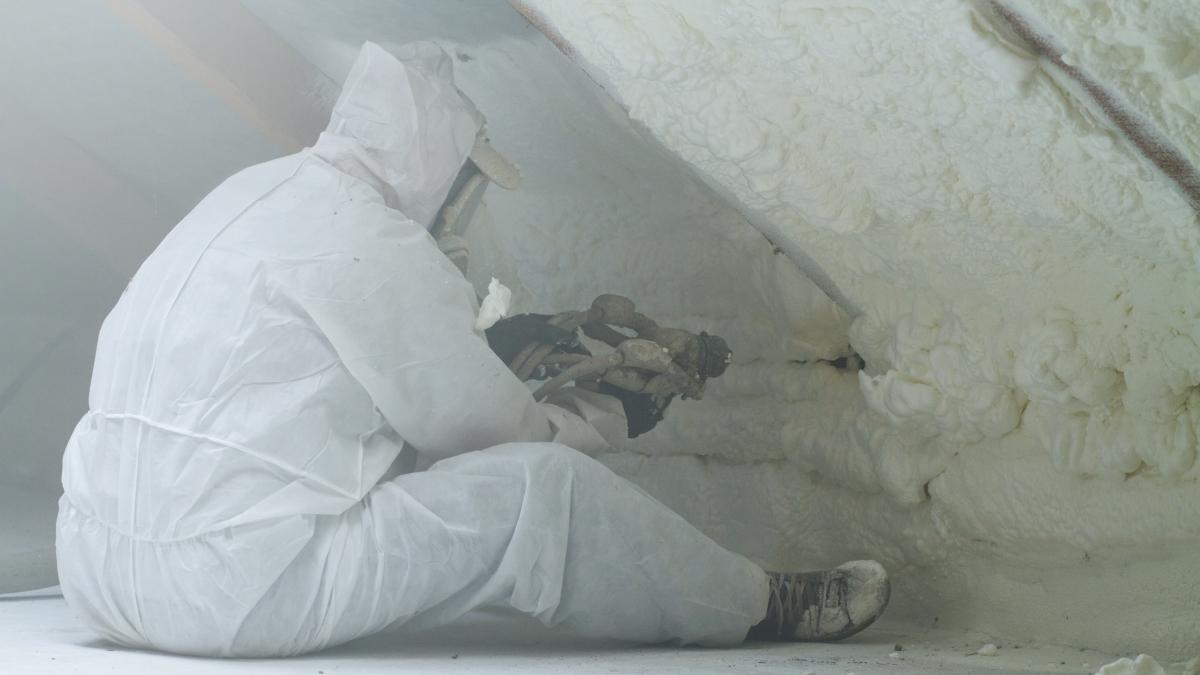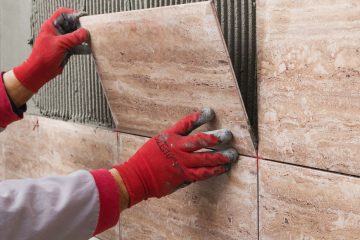In today’s world, energy efficiency and sustainable living have become increasingly important. One of the best ways to reduce your carbon footprint and save on energy costs is by properly insulating your home, and polyurethane insulation provides a reliable solution. In this article, you will learn more about the benefits and applications of using polyurethane foam insulation in your home and how it can enhance overall performance.
Understanding Polyurethane Foam Insulation
Polyurethane foam insulation is formed through the reaction of two chemicals, providing an efficient thermal barrier for residential and commercial applications. Creating a rigid, durable material, polyurethane offers superior insulative properties compared to traditional materials such as fiberglass or cellulose. Thanks to its flexibility, the foam can be applied in various ways, including foam sheets, injected, or sprayed. Let’s explore some key advantages associated with this type of insulation.
Better Energy Efficiency
One of the main reasons homeowners choose polyurethane insulation is its superior energy efficiency. The material exhibits excellent insulative properties due to its closed-cell structure, preventing air infiltration and escaping heat. This translates into reduced energy consumption, meaning lower utility bills and greater savings in the long run. Apart from being cost-effective, improved energy efficiency also contributes to decreasing your home’s environmental impact.
Moisture Resistance
Another benefit of polyurethane insulation is its ability to resist moisture penetration. When applied correctly, the closed-cell structure effectively prevents water entry and retains the integrity of the insulating material against dampness or potential mold growth. This quality is particularly beneficial for regions with high humidity levels or areas subject to frequent temperature fluctuations.

Common Applications of Polyurethane Insulation
Polyurethane foam can be applied in various forms depending on your insulation requirements and preferences. Some common methods include:
- Foam sheets: Pre-cut foam boards are a popular choice for insulating walls, floors, and roofs. When fitted snugly between studs, joists or rafters, polyiso rigid foam insulation boards deliver excellent thermal performance and can be easily adapted to different construction designs.
- Injected foam: Ideal for retrofitting or filling hard-to-reach cavities, injected foam insulation expands upon application, sealing gaps and maintaining the structural integrity of existing walls.
- Sprayed foam: Applied using specialized equipment, sprayed polyurethane foam (SPF) creates a continuous, seamless layer of insulation adhering to virtually any surface. A popular choice for attic spaces and air-sealing purposes, SPF provides both insulative and air barrier properties in a single product.
When selecting the type of polyurethane insulation best suited to your needs, consider factors such as installation costs, ease of accessibility, and desired R-value (the measure of thermal resistance).
Maintenance Tips for Polyurethane Foam Insulation
To ensure the longevity and optimal performance of your polyurethane insulation, it’s essential to follow a few maintenance tips:
- Inspect for damage: Regularly check your insulation for signs of wear or water intrusion. Repair any damaged areas immediately to prevent further issues.
- Cleanliness matters: Keep the area around your foam insulation clean and dry, as accumulated debris can compromise its effectiveness over time.
- Mind the UV rays: Prolonged exposure to direct sunlight may degrade some types of polyurethane foam. To avoid this, always ensure all exposed surfaces are protected with a suitable covering, such as paint or siding.
In conclusion, when seeking a high-performance insulation solution, polyurethane foam offers numerous advantages that can enhance your home’s energy efficiency, provide moisture resistance, and reduce your carbon footprint. By carefully selecting the right type of application and adhering to proper maintenance practices, you can benefit from long-lasting, reliable insulation that contributes positively to both your family’s comfort and your pocketbook.


